Have you heard of the Rubber plant, Banyan tree, and Fiddle Leaf? are one of our favourite plants and trees which belong to the same family! Yes, they are all ficus!
If you’re looking for a tree, or an aesthetic plant, or something so low-maintenance you can forget about it, then, I have a great solution for you; Ficus and its many, many varieties. Numerous species of ficus plants, each with its own qualities, can add beauty to any area in which they are set up.
This blog will explain why ficus plants are so popular among gardeners and beginners alike, how to care for them like an expert, and the different types they come in.
Why should you get a Ficus?
Ficus, sometimes referred to as fig trees or figs, is a vast genus with more than 800 species. It is popular as a houseplant and tree because of its lovely appearance and easy maintenance. Ficus plants are not only air-purifying but also add a refreshing aesthetic to any space, making them ideal for home and office decor.
Additionally, because ficus plants can adapt to a variety of conditions, they are perfect for everyone, whether you’re just starting out or you’re an expert gardener.
Types of Ficus
Here are some popular types of ficus plant and their features to help you decide which one (or all) is the perfect fit for your home
Ficus Elastica (Rubber Plant)
Popular for its lush, dark green leaves, the rubber plant is not only beautiful but also strong and capable of growing up to several feet. The plant has very glossy leaves, which give it the appearance of being plastic at first glance.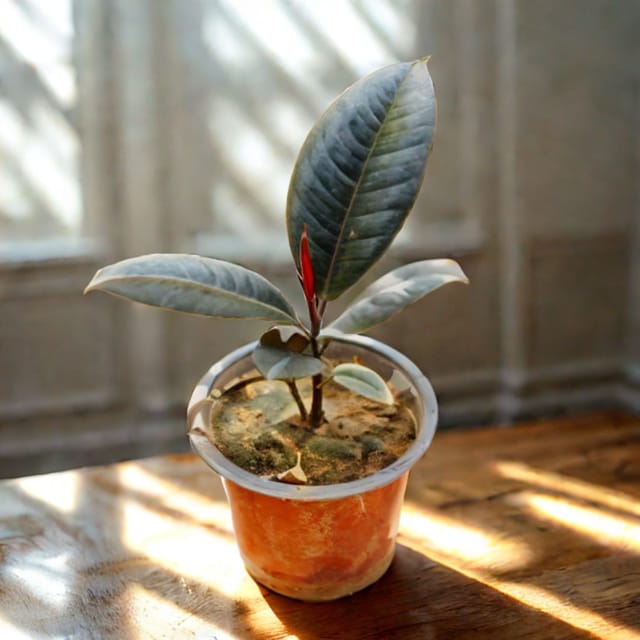
Ficus Microcarpa (Chinese Banyan)
Varieties of this plant species, particularly the golden-green variety, are trained as hedges, roadside border plants, or used in bonsai plants. It is suitable for planting in large gardens or parks as a shade tree.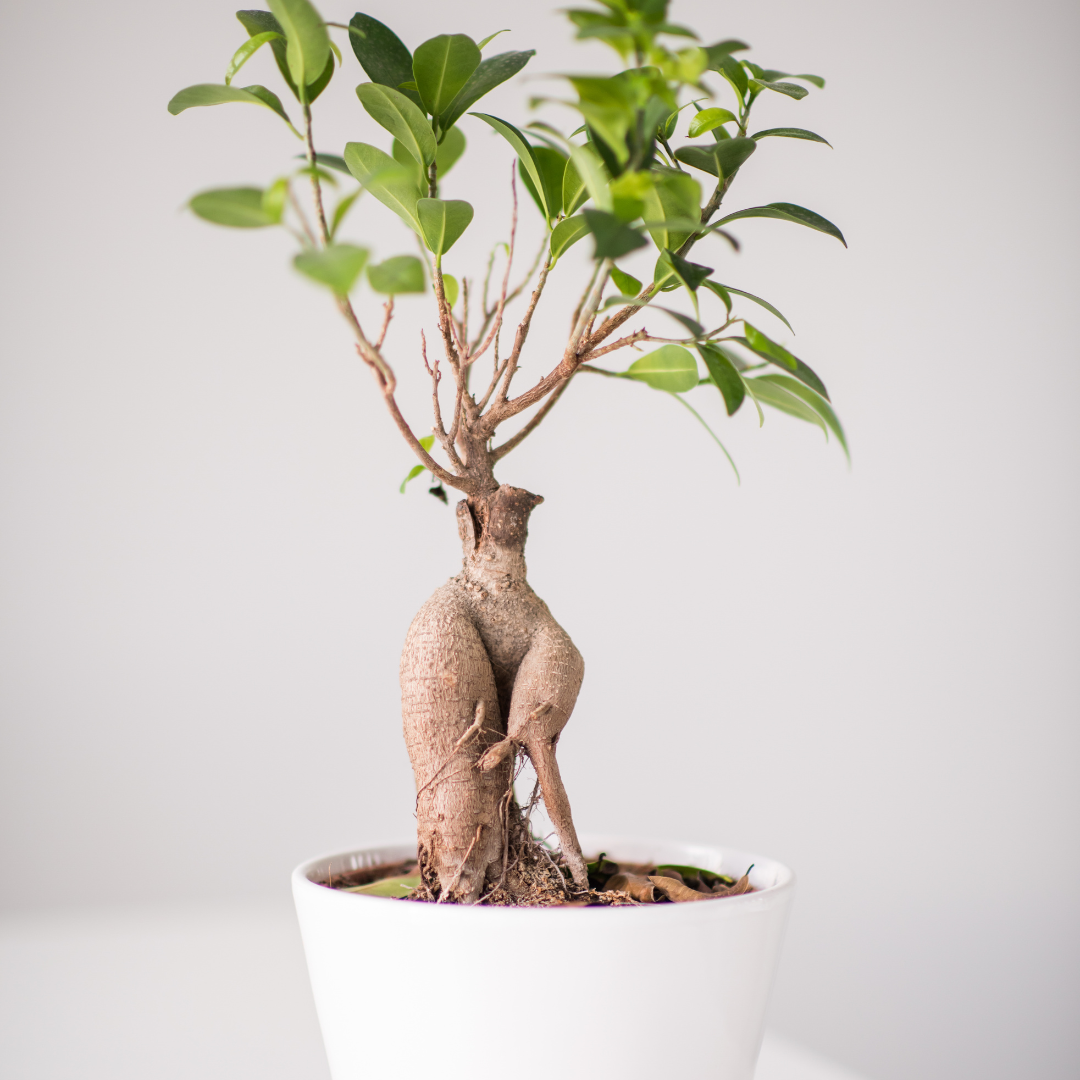
Ficus Panda
This beautiful plant is known for its thick, shiny leaves with bright yellow spots on them. It will definitely add a modern touch to your home or yard.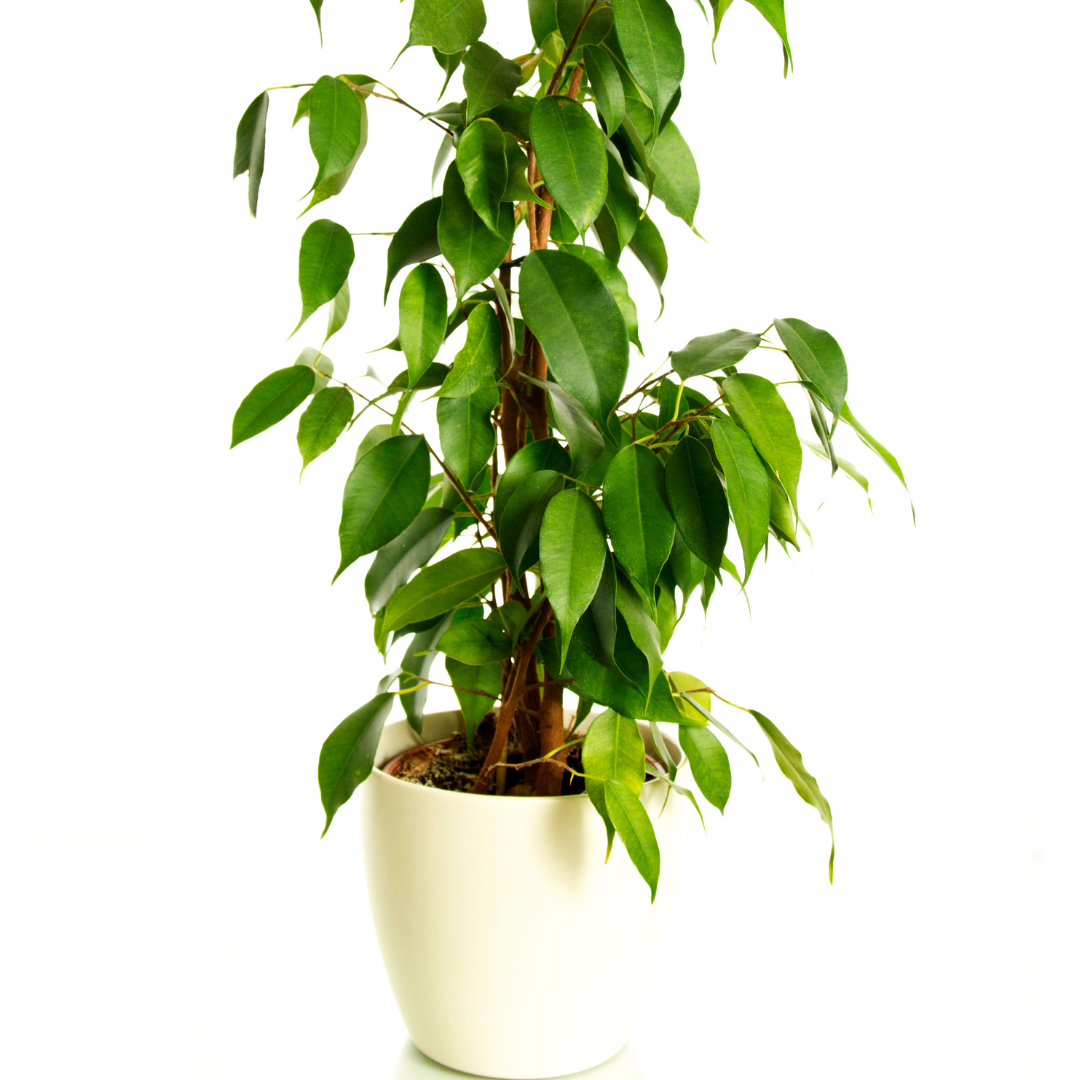
Ficus Lyrata (Fiddle Leaf Fig)
A lot of current and stylish homes have the Fiddle Leaf Fig as a plant. It has big leaves that make it look like a violin and make it look expensive and beautiful. It's great if you want your house to have that extra "oomph."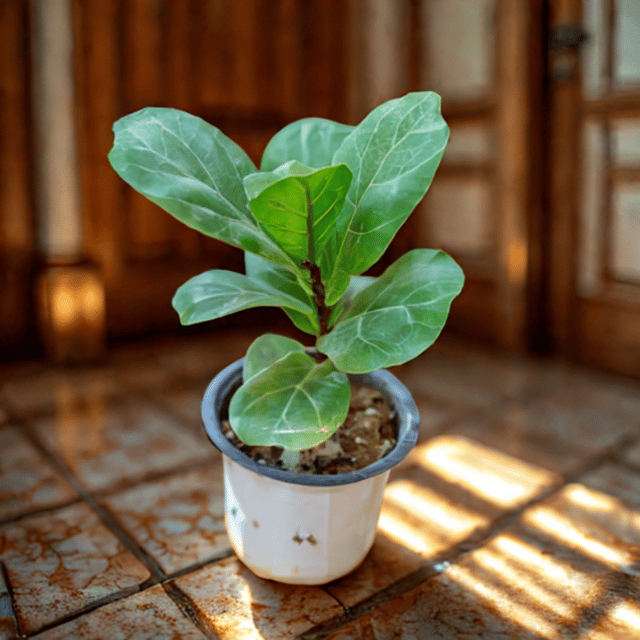
Ficus Bonsai
You can easily train any ficus to grow into a bonsai, but microcarpa and benghalensis are two of the most renowned varieties of ficus bonsai thanks to their interesting shapes and strong growth patterns.
Ficus Benjamina (Weeping Fig)
This is one of the most popular ficus trees for indoor environments. It has glossy, slender leaves that droop or perk up dramatically based on the environment in which they are kept and the care that is given to them. Hence, aptly called Weeping Fig!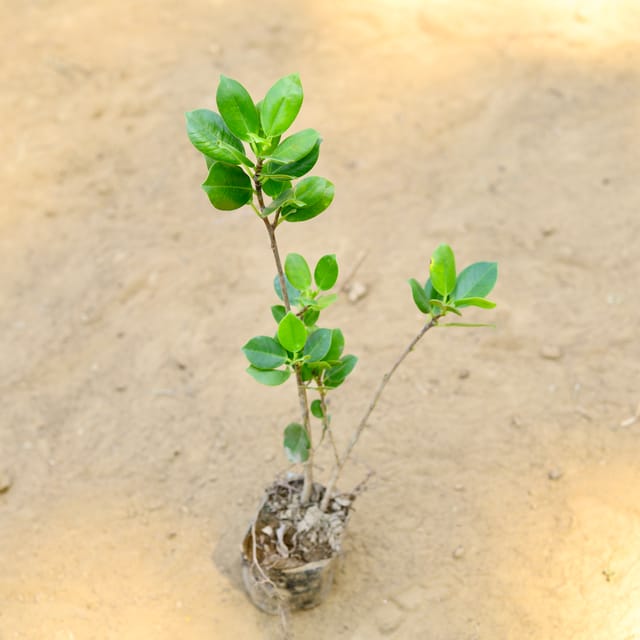
Ficus Religiosa (Sacred Fig)
This sacred fig is better known as the Bodhi Tree in Indian heritage and culture, this ficus is revered in many religions and can grow to be quite large, with a distinctive trunk and beautiful heart-shaped leaves.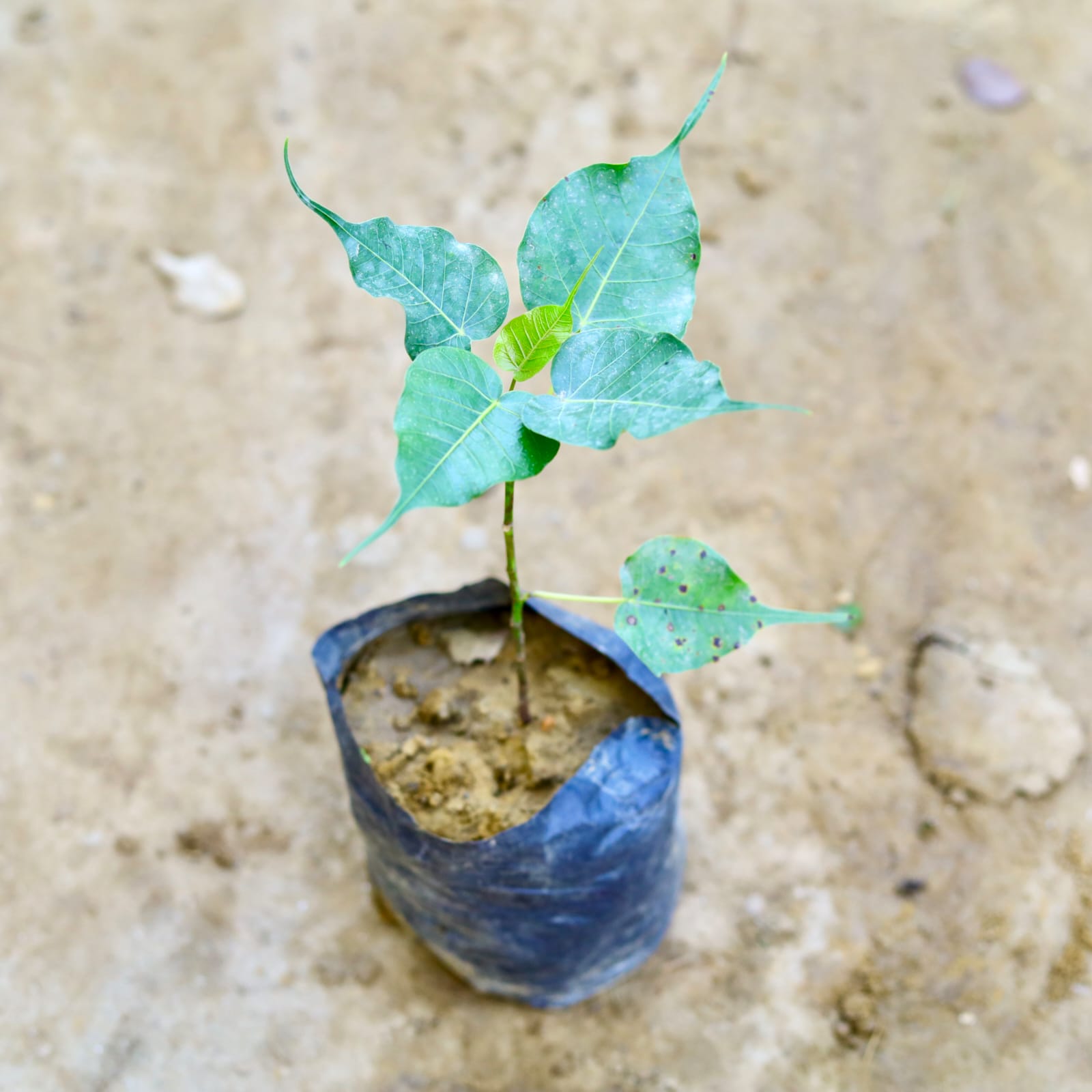
Ficus Benghalensis (Banyan Tree)
If you want a ficus that is versatile and good for all purposes, the Banyan tree is the perfect answer. You would come across its large hanging roots in an outdoor setting but interestingly, it can also be trained as a bonsai and can flourish indoors. 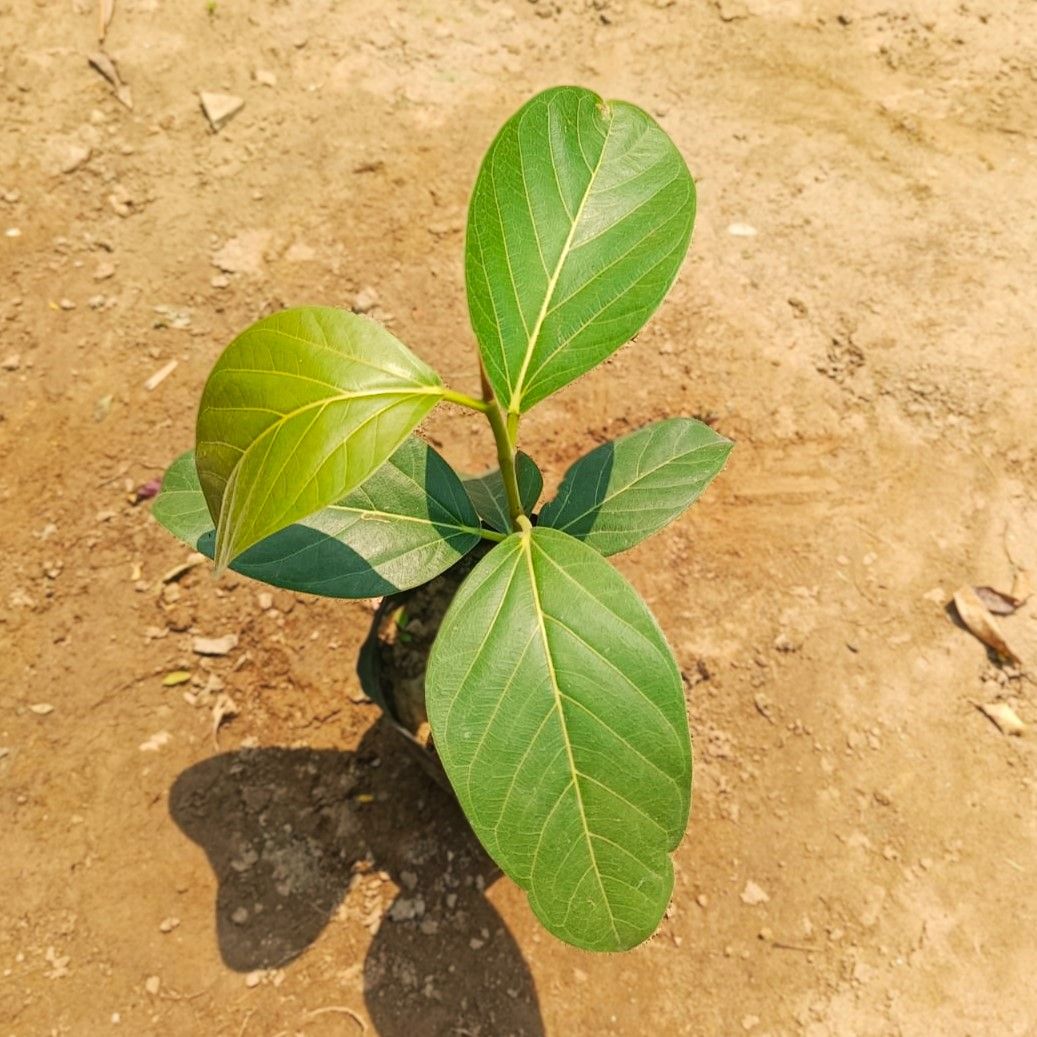
Ficus Racemosa (Indian Fig)
Indian Fig is commonly known as “anjeer”, a dry fruit widely enjoyed during winter. This species of ficus produces clusters of small, round fruits and has significant cultural and medicinal value.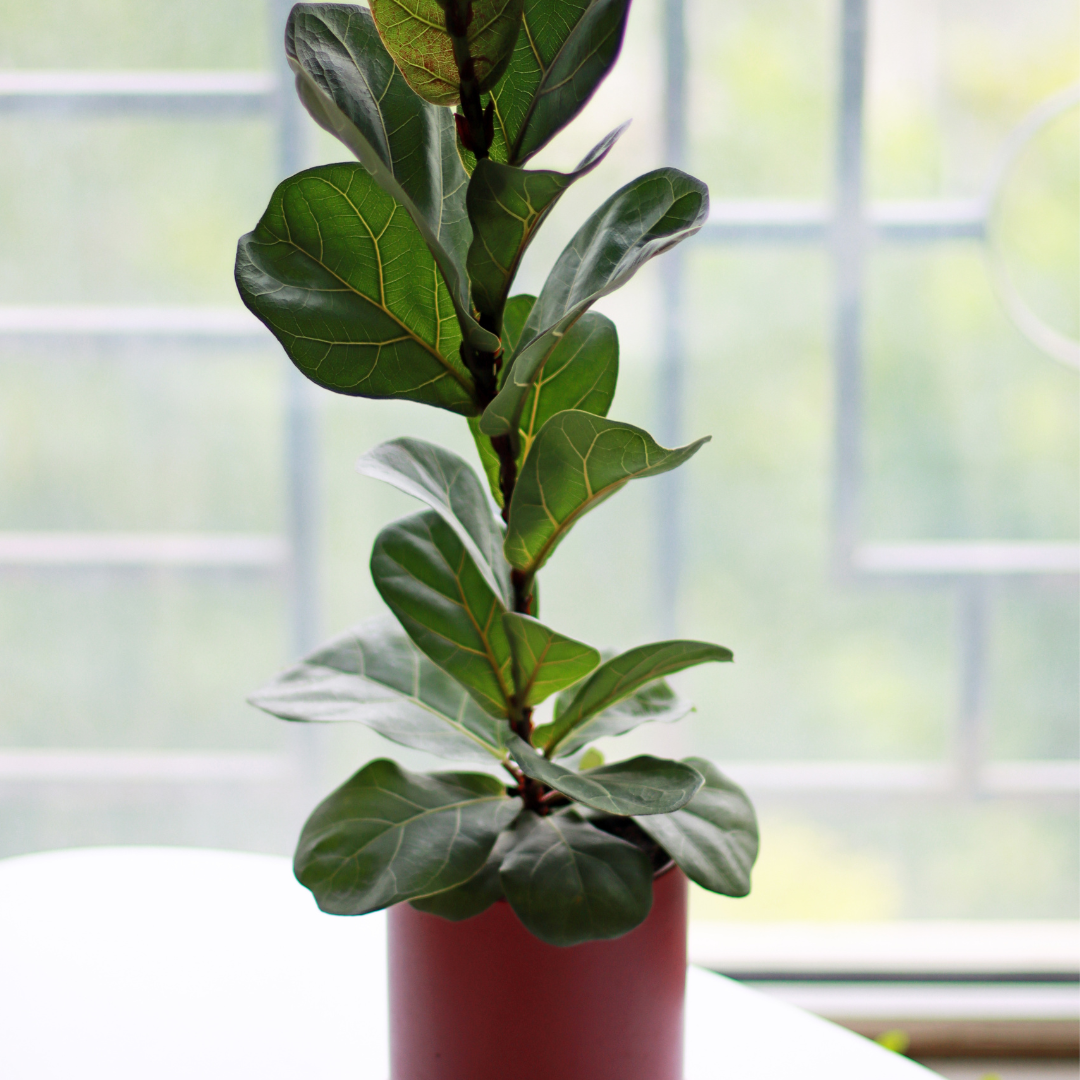
How to Care for Ficus Plants
Caring for ficus plants is pretty straightforward, making them ideal for both new and experienced plant lovers. Here are a few tips that will ensure that your ficus grows happily and healthily:
Light: Ficus plants generally prefer indirect light. Too much direct sunlight can burn their leaves.
Water: Water your ficus only when the top inch of the soil becomes dry. Ensure the pot has a drainage hole to prevent waterlogging, which can lead to root rot
Humidity: Most ficus species enjoy a humid environment, which you can provide them by misting the leaves regularly. This will also clean the dust that may settle on the leaves which not only dampens the appearance but is also not good for the plant’s health.
Soil: A general all purpose potting soil mixed with a bit of perlite or sand also works well for ficus plants. Make sure you use well-draining soil.
Fertilization: Fertilise your ficus with a balanced fertilizers once a month during the growing season to enable healthy growth!
My Final Thoughts
Whether you pick a towering banyan or a small bonsai, ficus plants offer vitality and beauty to your surroundings. They ask for very little in terms of maintenance but give back much in terms of beauty and air quality. Easy to grow and manage, ficus plants could bring years of enjoyment with their one-of-a-kind look and quick development. Why not bring a ficus home now and witness the impact it makes in your space?
Frequently Asked Questions About Ficus Planting
What is Ficus used for?
Different parts (bark, fruit, leaves, roots, and latex) of Ficus plants are used in the treatment of nose bleeding, cough, paralysis, liver diseases, and chest pain. Certain species are also used for curing neurological diseases such as epilepsy and migraines. Each plant has its own special use, making it an extremely valuable addition to any household but please be careful if you’re trying anything at home.
Is Ficus a good indoor plant?
Yes. Ficus plants like the Fiddle Leaf Fig (Ficus lyrata) and Rubber Plant (Ficus elastica) are super popular as indoor plants. They are great for adding greenery to your space, improving air quality, and making your home look stylish. Just make sure to give them bright, indirect light and do not overwater them.
Is Ficus native to India?
Yes! Many Ficus species, like the Peepal and Banyan, are native to India. They have been an important part of Indian landscapes, traditions, and even mythology for centuries.
Is Ficus a lucky plant?
Yes! Feng Shui sees the ficus ginseng plants as a sign of good luck. The air purifying characteristic of the plant fosters a natural environment. The Ficus elastica has spherical leaves, representing money and wealth. The plant develops fortune, abundance, and good fortune when planted in the house.
Which plant to gift on a birthday?
If you are looking for a perfect birthday plant gift, consider a Money Plant for prosperity, a Peace Lily for peace, or an Areca Palm for a tropical touch. Fiddle Leaf Fig (a type of Ficus) is also a great option for someone who loves stylish and statement greenery.
What are the benefits of the Ficus plant?
Ficus plants are not simply attractive, they are also filled with advantages! They help filter the air, and they offer a peaceful green ambiance to any area. And some plants, like the fig tree (Ficus carica), even provide edible fruit. Plus, they are relatively easy to maintain.
Is Ficus a money tree?
Not exactly, The Money Tree (also known as Pachira aquatica) is different from the Ficus plant, but some people associate certain Ficus species, like the Rubber Plant, with good luck and financial prosperity. If you are looking for a lucky plant, both can work!
Do Ficus like sunlight?
Yes, Ficus plants love a few good hours of indirect sunlight! Some varieties, like the Fiddle Leaf Fig, grow in bright light, while others, such as the Weeping Fig, are happier when kept lower light. Avoid harsh direct sunlight, though, as it can scorch their leaves!
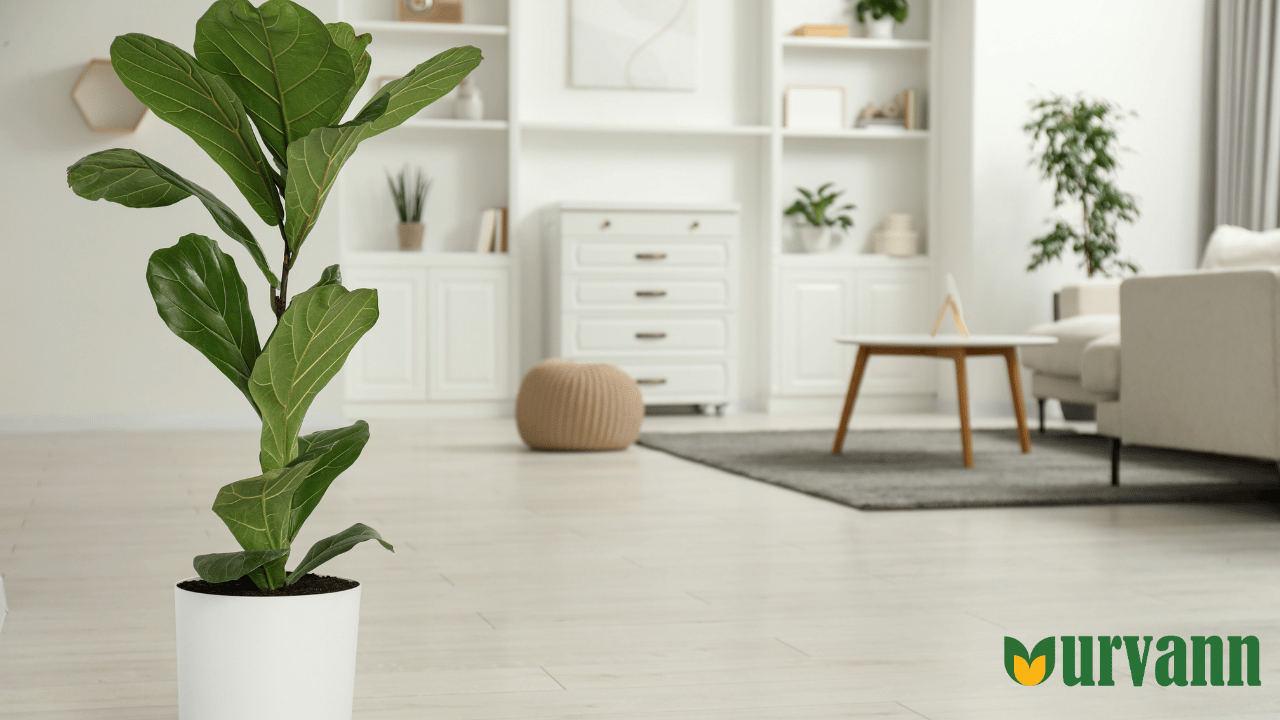

0 Comment